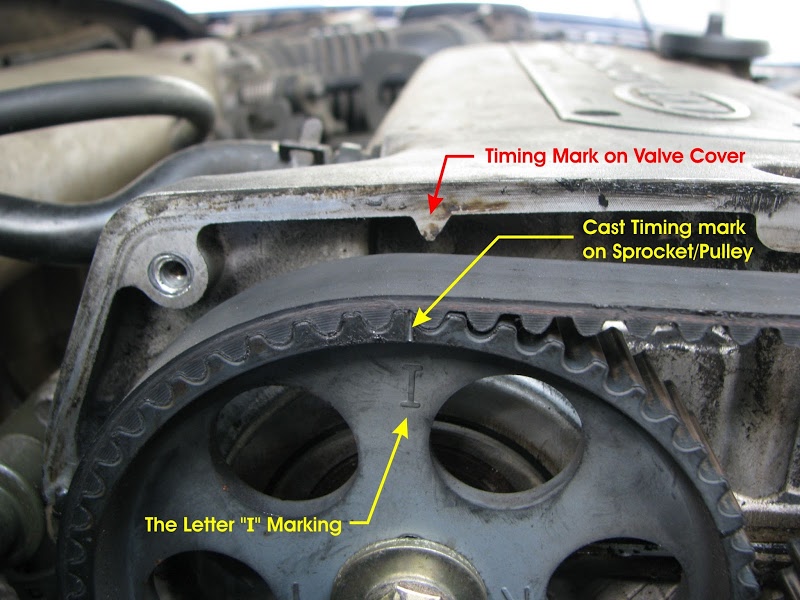
Fri, Oct 21, 2016 1:03 AM
A timing mark is an indicator used for setting the timing of the ignition system of an engine, typically found on the crankshaft pulley or the flywheel, being the largest radius rotating at crankshaft speed and therefore the place where marks at one degree intervals will be farthest apart.
On older engines it is common to set the ignition timing using a timing light, which flashes in time with the ignition system (and hence engine rotation), so when shone on the timing marks makes them appear stationary due to the stroboscopic effect. The ignition timing can then be adjusted to fire at the correct point in the engine's rotation, typically a few degrees before top dead centre and advancing with increasing engine speed. The timing can be adjusted by loosening and slightly rotating the distributor in its seat.
Modern engines usually use a crank sensor directly connected to the engine management system.
How do you read a timing mark diagram?
Check a vehicle's manufacturing specifications to determine its ideal timing. Correct the timing by turning the distributor to the correct setting. Do this slowly, as rotating the distributor quickly can take the vehicle well outside its timing range and do irreparable damage to the engine itself. After setting the timing correctly, tighten the bolt that holds the distributor in place without disrupting the distributor's new setting.
Timing on older engines is corrected with the use of a timing light. This light flashes with the rhythm of the ignition and shines lights on the timing marks in order to make them stationary as the engine rotates. The stationary appearance the light provides makes it possible for the person correcting the vehicle's timing to do so efficiently, as the light illuminates any adjustments and shows if the engine fires at the correct point.







